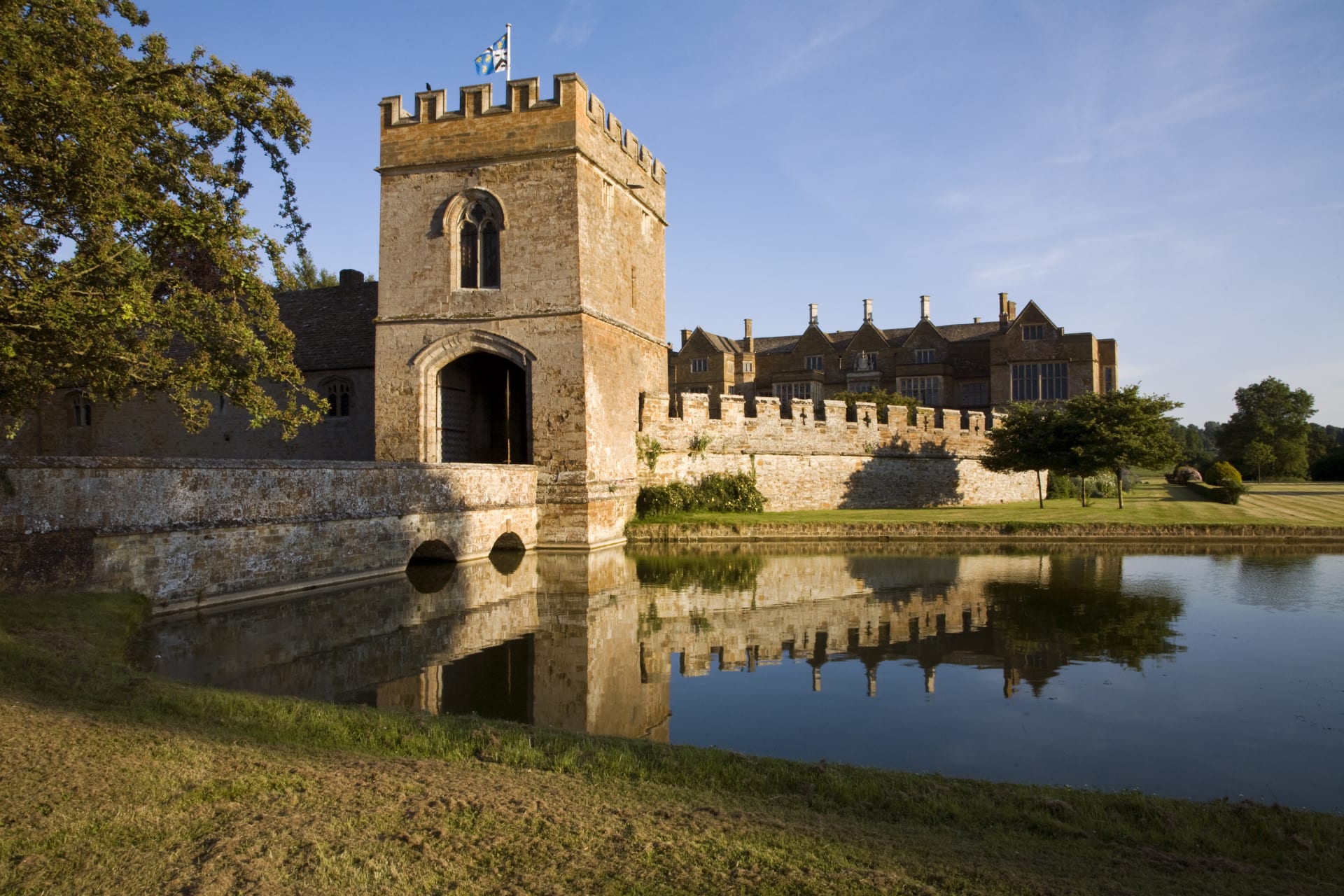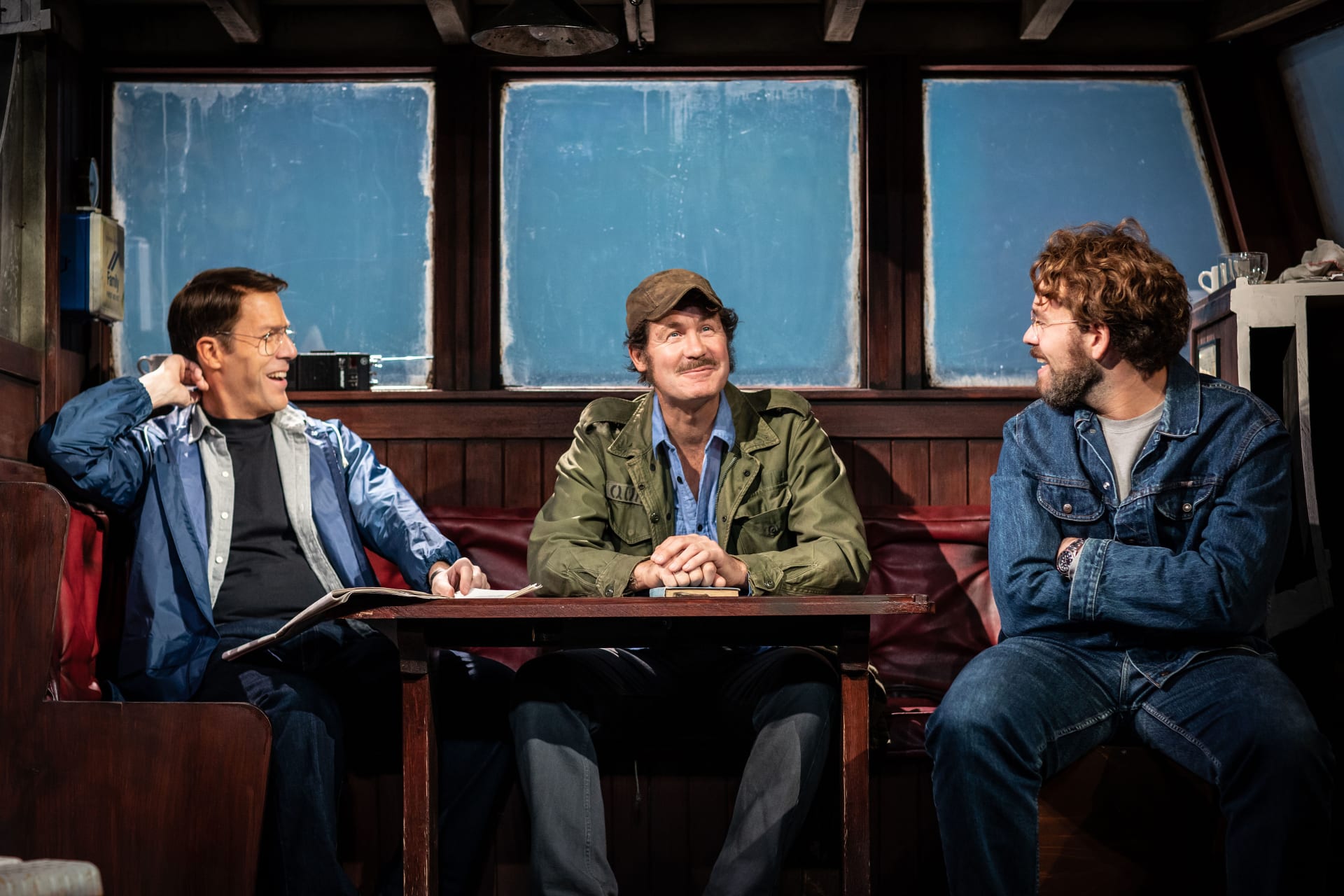The participants – many of whom have never danced before – will be developing a response to award-winning choreographer Cathy Marston’s new ballet. Inspired by the life and work of acclaimed musician Jacqueline du Pré, who lived with MS, Marston’s The Cellist received its world premiere at the Royal Opera House last month. The response project will culminate with a ‘Live at Lunch’ special performance in the Royal Opera House’s Paul Hamlyn Hall on Friday 27 March. The weekly dance workshops are delivered by choreographer Bim Malcomson, one of the lead-dance-artists for the ROH Chance to Dance programme. We caught up with her in early February; she excitedly told us a close friend living with MS had just agreed to take part in the project, before discussing bravery, public rehearsals and authenticity.
Tell us about your approach to this piece.
The Cellist is about Jacqueline du Pré and her narrative, and I wanted the piece to be about the people in front of me and their narratives. I was going to make it about where their minds went to when they listened to Jacqueline du Pré music, but in the first rehearsal Cathy Marston asked them a question about a very particular part of living with MS (she was struggling with one scene in her ballet). A couple of them started sharing some of their experiences, and the imagery and eloquence blew my mind. So I asked if the dancers would mind making work based on their experiences of living with MS. We had an amazing session where people could speak for three minutes, sharing a specific experience or whatever they wanted to share. In the room there are people living with MS, there are professional dancers and there are carers. It was an extraordinarily rich creative starting point and everybody was incredibly open. I wrote down the responses and then started drawing words out and creating images from that.
The nature of this work means that sometimes people are going to come to a rehearsal and sometimes they’re going to be too tired, so I need to craft the work so it encompasses that. Part of what’s really important about work of this nature is keeping it as open as possible until one can’t anymore; when my friend said he thought he’d missed the boat to come and join the project, but thought he’d really like to come, I said ‘come!’
From a personal perspective, my partner had a massive stroke 18 months ago and is now in a wheelchair, and I have two very small children. My body isn’t changing but the body of my family has massively changed. Of course, I’m a million miles away from the dancers’ experiences because I’m an able-bodied person. They’ve been really brave in their sharing.
Some of them are also brave because they’ve never danced before.
Completely. The whole thing is brave; coming to the opera house, dancing, being in a group of people they’ve never met before. One of the participants said, “I’ve never thought about moving from my ear before.” It’s pushing boundaries on many levels.
This isn’t the first time you’ve brought dance to people with health issues; you’ve toured work to hospitals before.
My mum was dying of cancer in Chelsea and Westminster Hospital; she was in for a long time – nine months towards the end of her life. I was choreographing regional operas at the time and my mum was a very good musician. At Chelsea and Westminster there’s a purpose-built space for performance, and we used to go and rehearse together, bash around ideas – it just went from there really. Also, at Chelsea and Westminster, there’s loads of art and performance, and I saw first-hand how that impacted on my mum’s quality of life. I wanted to contribute to that so I did: I toured wards and public spaces in hospitals. It makes a massive difference because it’s life. Creativity is life. I also lived in Tanzania for two and a half years (I was the only white member of an African dance company). I used to do all my rehearsals at Chelsea and Westminster in public, so it wasn’t just like ‘ta-da! Here’s a finished product.’ I don’t need that private space because in Tanzania that wasn’t how it functioned. It’s quite interesting how that experience translates to my practice here.
When you chat about what you do, people must say ‘oh, I danced when I was younger, I wish I could go back and do it again.’
When I do have those conversations, I just encourage people to get themselves back into ballet class. Just go and do it. Do it now. If you want to dance, dance. But it can be quite romanticised; the reality is that the likelihood of you becoming a professional ballet dancer is pretty unlikely for most human beings. Even if you love ballet, your body has to be right, your mind has to be right – I’m sorry to be so harsh. There ain’t much romantic about the dance world. It’s hard and it’s exciting. And I think for some of us who are still in the dance world… recently (now my partner’s in a wheelchair) I’ve been wishing I was a lawyer, you make loads more money – but I couldn’t be a lawyer for toffee.
You teach choreography at Central School of Ballet. What are the vital ingredients of a choreographer?
Be authentic. Be as much yourself as you dare. What makes us unique is being ourselves. If you’re not, what else can you offer the world? Society puts all sorts of boxes around us. We’re put into lots of strait jackets socially, and to really be yourself, you have to be extremely brave.
Photography by Lara Cappelli © ROH, 2020








